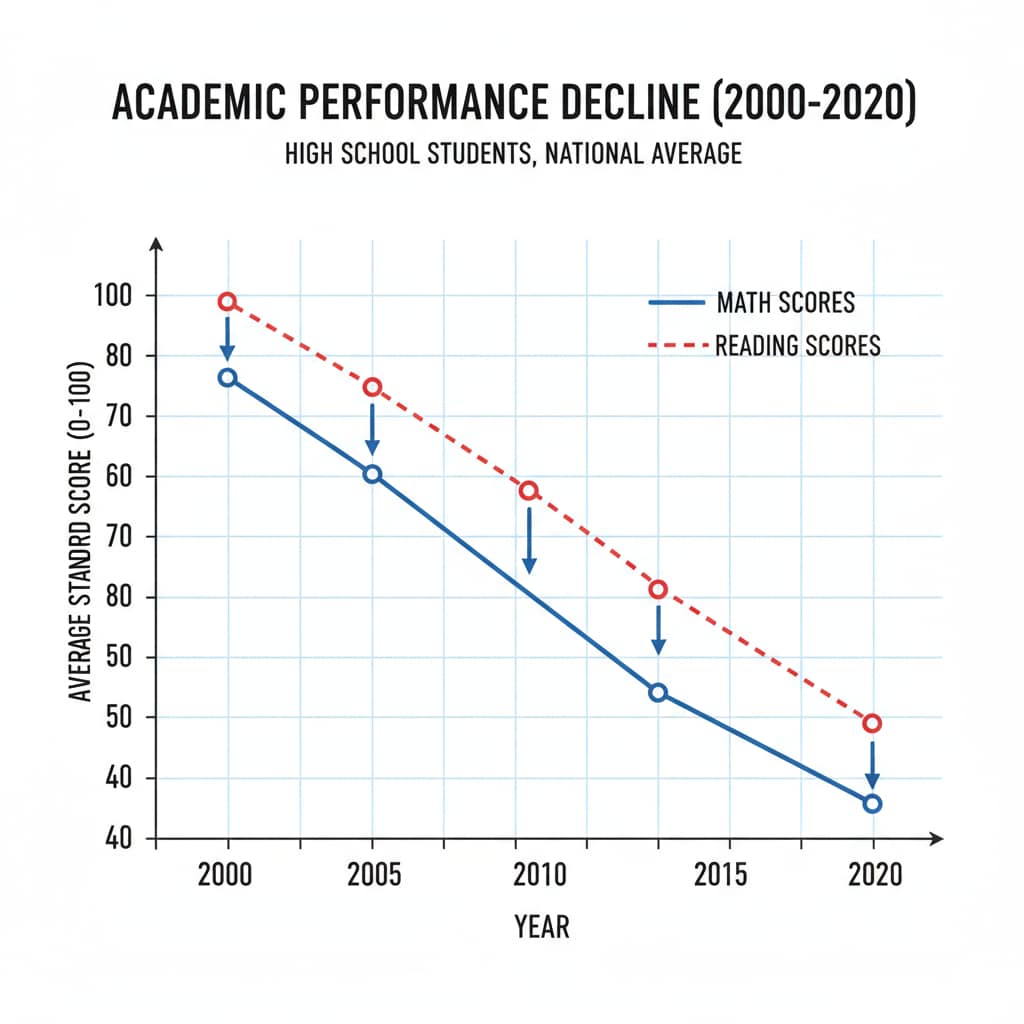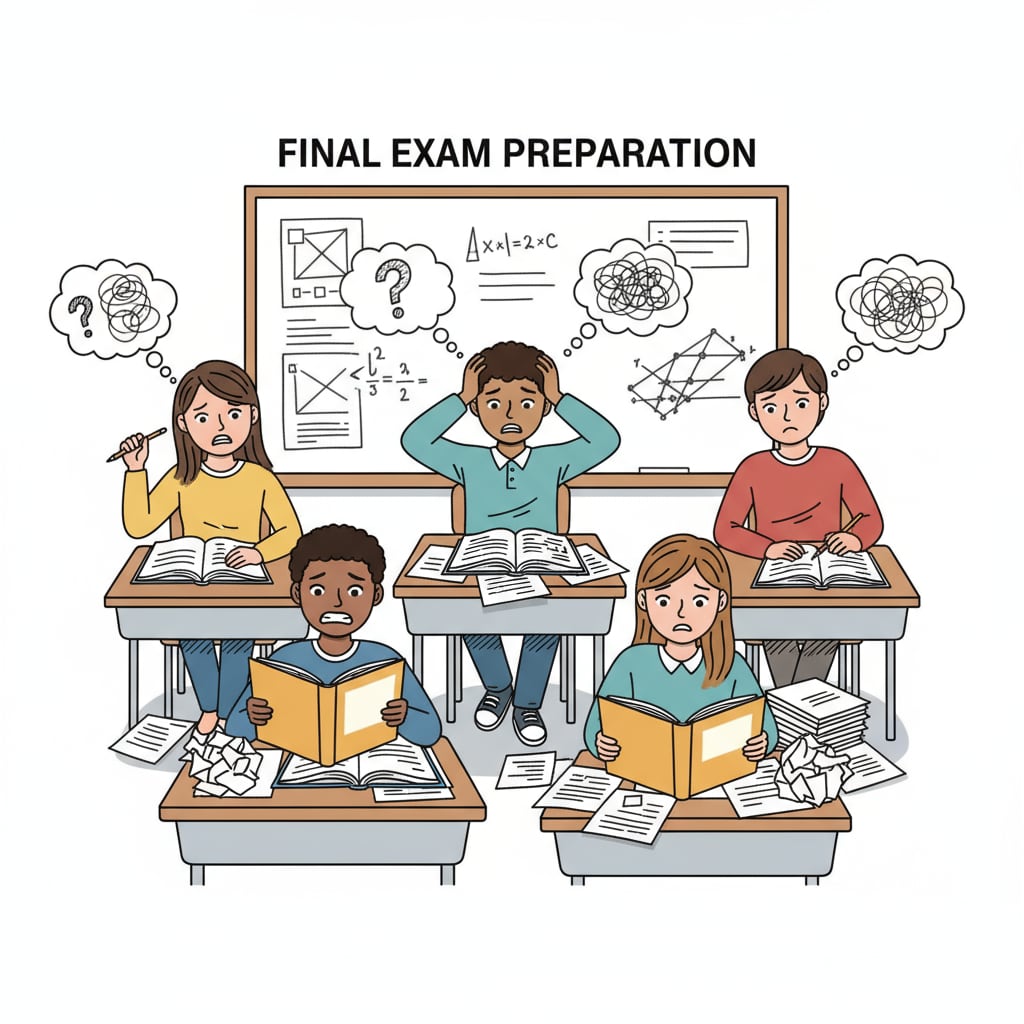The academic decline of high school students, as shown in the national assessment report, has become a concerning issue in the United States after the pandemic. The latest National Assessment of Educational Progress report paints a disheartening picture: the math and reading scores of high school graduates have plunged to historic lows.

This situation, especially evident among 12th-grade students, demands a closer look at the underlying causes, impacts, and potential solutions.
The Alarming Drop in Academic Performance
The data from the national assessment is truly startling. The scores of 12th-grade students have seen a significant decline, which indicates a broad and deep-seated problem in the education system. For example, in math, students are struggling with fundamental concepts that were once considered basic requirements. This decline is not just a minor setback but a clear sign that something has gone awry in the educational process. National Assessment of Educational Progress official website

Root Causes of the Decline
One of the primary factors is the disruption caused by the pandemic. School closures, remote learning, and inconsistent educational delivery systems have all contributed to the decline. Many students lacked the necessary resources and support at home, such as a quiet study space or reliable internet access. Additionally, the lack of in-person interaction with teachers and peers affected students’ motivation and engagement. For instance, students missed out on hands-on learning experiences and group discussions that are crucial for deep understanding. American Federation of Teachers’ report on learning loss
Another cause could be the mental health challenges students faced during the pandemic. The isolation, fear, and stress took a toll on their well-being, which in turn affected their ability to focus and learn. Students dealing with anxiety or depression often found it difficult to keep up with their studies.
Readability guidance: In this section, we have used short paragraphs to clearly present the causes. The list-like structure helps readers quickly understand the main points. Transition words like “additionally” and “another” are used to smoothly move from one point to the next.
The Far-Reaching Impacts
The academic decline has several implications. Firstly, it may limit students’ future educational opportunities. Lower grades could mean fewer chances of getting into top universities or pursuing advanced degrees. Secondly, it can also affect their career prospects. In today’s competitive job market, a solid educational foundation is essential for securing good jobs. Moreover, it has a broader impact on society as a whole, as a less educated workforce may struggle to drive innovation and economic growth.
Strategies for Recovery
To address this issue, schools and educators need to take proactive steps. One strategy is to provide targeted tutoring and additional support to students who are struggling. This could involve one-on-one sessions or small group instruction. Another approach is to create a more engaging and supportive learning environment. Teachers can use innovative teaching methods and incorporate real-world examples to make learning more interesting. Additionally, schools should focus on students’ mental health and provide counseling services to help them cope with the stress and anxiety.
In conclusion, the academic decline of US high school students after the pandemic is a complex issue that requires immediate attention. By understanding the causes, impacts, and implementing effective strategies, we can work towards helping students regain their academic footing and build a better future. The national assessment report serves as a wake-up call for the education system to take action and ensure that students receive the quality education they deserve.


